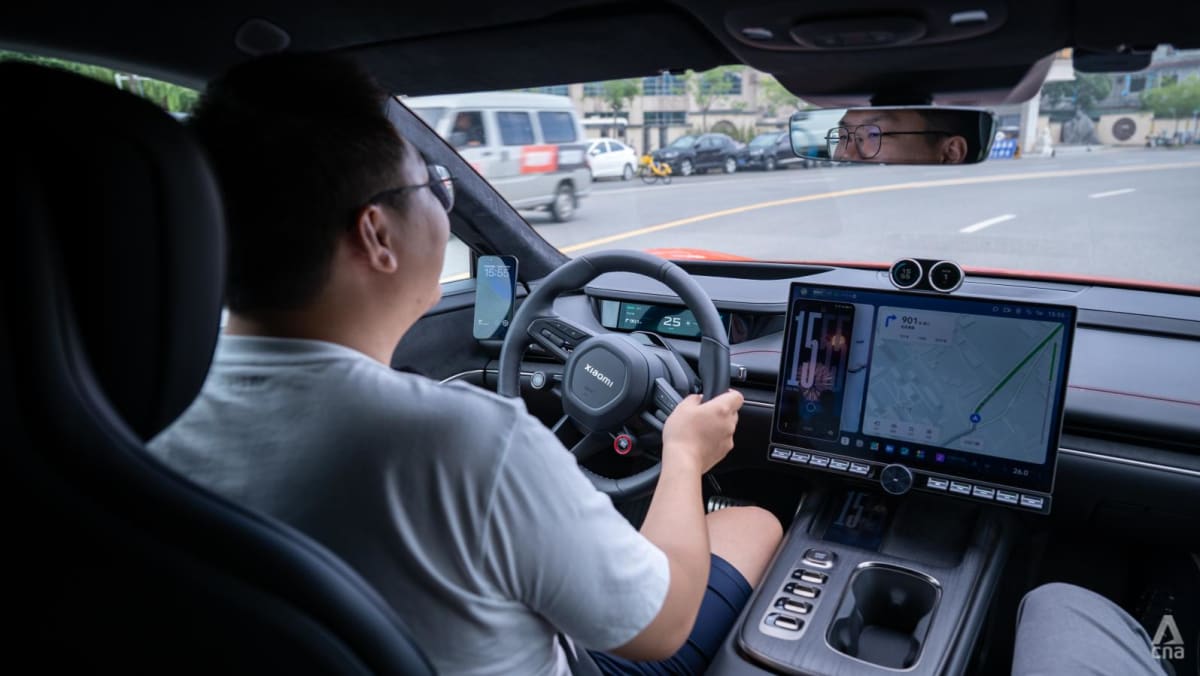Huawei AirEngine Wi-Fi 7: IEEE Expert Stephen McCann on the Game-Changing CSI Sensing Tech - A Deep Dive

Huawei's AirEngine Wi-Fi 7 access points are generating significant buzz, and for good reason. They’re not just about faster speeds; they incorporate a revolutionary Channel State Information (CSI) sensing technology that promises a paradigm shift in how we interact with our environments. To understand the implications, we spoke with Stephen McCann, a renowned IEEE expert and leading voice in the wireless communications field. McCann provides a unique and insightful perspective on this technology, exploring its capabilities, potential applications, and the challenges that lie ahead.
What is CSI Sensing?
At its core, CSI sensing leverages the subtle variations in Wi-Fi signals to 'see' and interpret the surrounding area. Traditionally, CSI data was considered noise – something to be filtered out for optimal performance. However, Huawei’s AirEngine innovation harnesses this data to detect human presence, track movements, and even recognize gestures, all without the need for cameras or other intrusive sensors.
McCann's Key Insights: Beyond the Hype
McCann cautions against overhyping the technology, emphasizing that it's still in its early stages. “While the demos are impressive, real-world deployment presents complexities,” he explains. “Factors like multipath interference, signal reflections, and environmental changes can significantly impact accuracy.” However, he acknowledges the immense potential. “The ability to infer activity without relying on visual data opens up exciting possibilities in areas like smart homes, healthcare, and industrial automation.”
Applications Across Industries
- Smart Homes: Imagine a home that automatically adjusts lighting and temperature based on your presence, or a security system that detects unusual activity without cameras invading your privacy.
- Healthcare: CSI sensing can be used to monitor patient movement, detect falls, and provide remote assistance, particularly beneficial for elderly or disabled individuals.
- Retail: Retailers can gain valuable insights into customer behavior, optimize store layouts, and improve the shopping experience.
- Industrial Automation: In factories and warehouses, CSI sensing can track worker movements, monitor equipment status, and enhance safety.
Challenges and the Future
Despite the promise, several challenges remain. Accuracy needs to be improved, especially in complex environments. Data privacy and security are paramount concerns, requiring robust encryption and access control mechanisms. Standardization is also crucial to ensure interoperability between different devices and systems.
McCann believes that ongoing research and development will address these challenges. “We’re likely to see significant advancements in algorithms and signal processing techniques in the coming years,” he predicts. “The integration of AI and machine learning will play a crucial role in improving accuracy and enabling more sophisticated applications.”
Huawei’s Role and the Broader Landscape
Huawei’s AirEngine Wi-Fi 7 represents a significant step forward in CSI sensing technology. While other companies are exploring similar concepts, Huawei’s early investment and aggressive deployment give them a head start. The success of this technology will depend not only on Huawei’s continued innovation but also on the broader industry's adoption and collaboration.
Stephen McCann’s insights provide a valuable perspective on the potential and limitations of Huawei’s AirEngine Wi-Fi 7 CSI sensing technology. It’s a technology to watch, as it could fundamentally change how we interact with the world around us.






